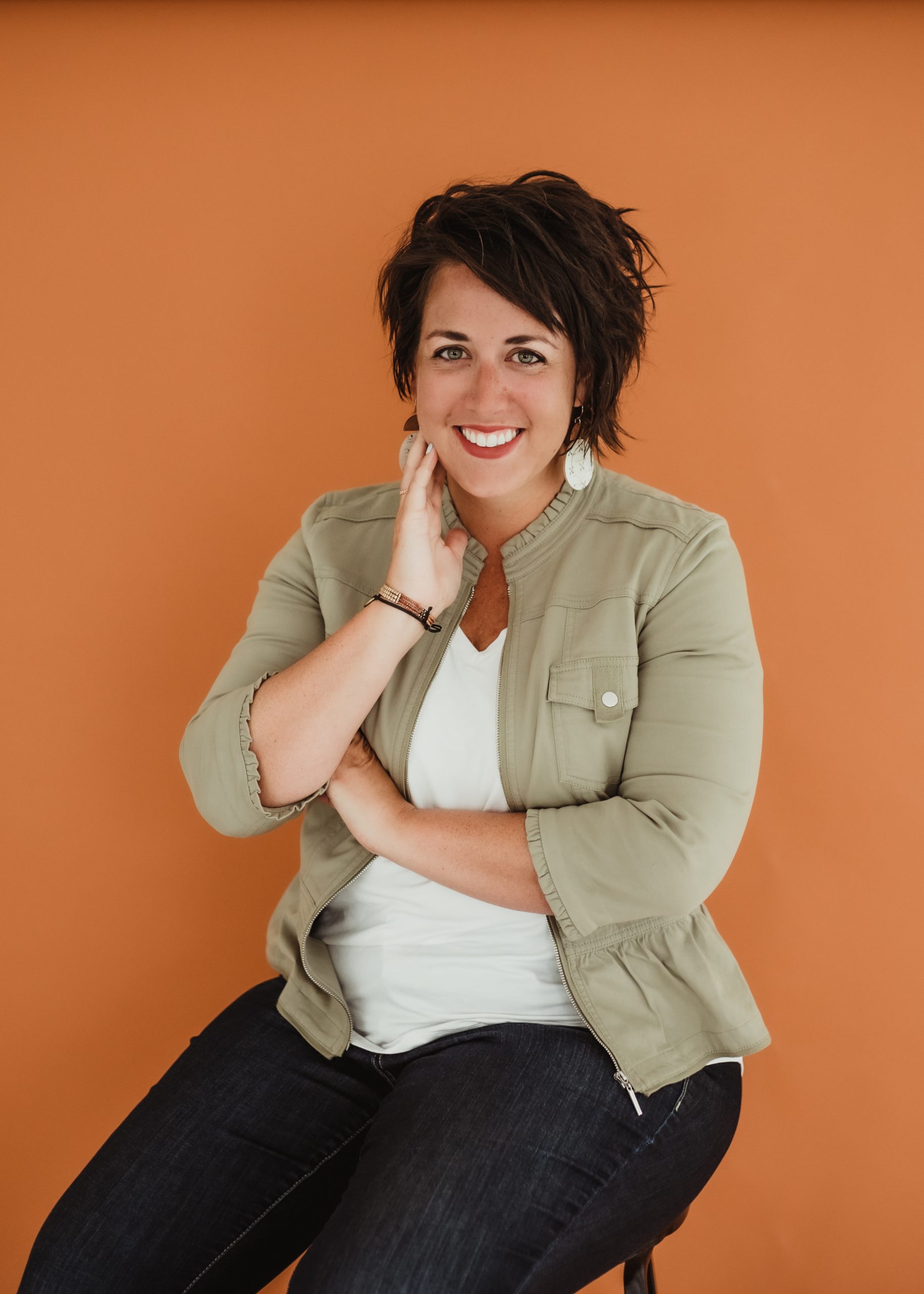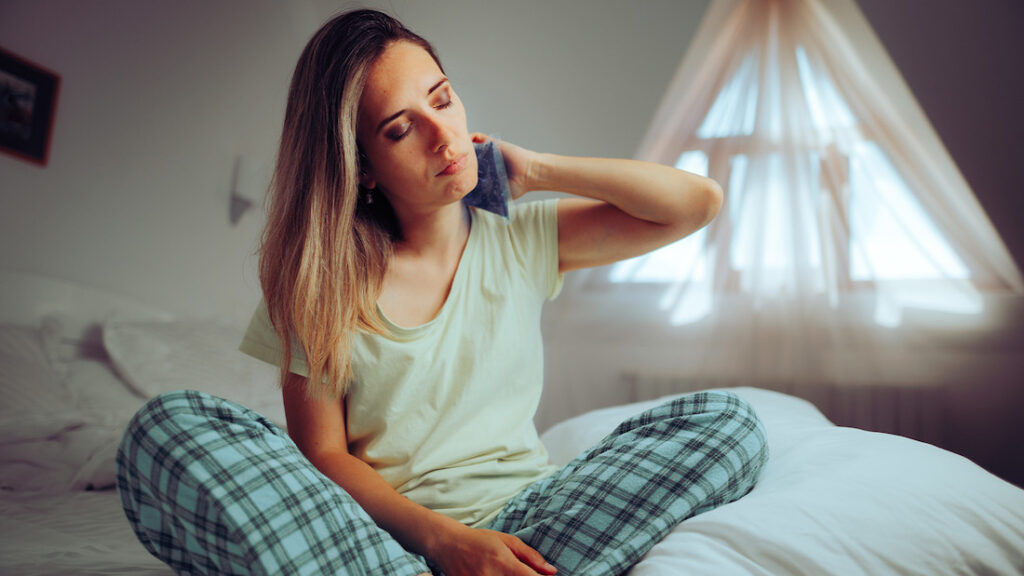
If you suffer from insomnia, you’ve probably tried every trick in the book — except maybe this one. Chillier than a warm bath, adding an ice pack to your evening wind-down routine just might be the secret to easing the day’s anxiety before drifting off to sleep. TikTok viral Frankie Simmons, who was on a mission to solve her middle-of-the-night anxiety issues. She shares what she calls the “holy grails of my nervous system regulation tool kit.”
She explains how she used to have to get out of bed during these 4 a.m. episodes to do breath work and other interventions, until she started something new and out of the box — icing the vagus nerve. “All that changed the day I learned about icing the vagus nerve,” she says in her TikTok.
What Is the Vagus Nerve?
If you haven’t even heard of the vagus nerve, you are far from alone. But there are entire institutions and researchers focusing their life’s work on it — Justin Sunseri is a member of Polyvagal Institute’s Editorial Board, a licensed Marriage and Family Therapist and Coach specializing in Polyvagal-informed trauma recovery, host of the Stuck Not Broken podcast, and author of the book Trauma & the Polyvagal Paradigm. The Institute was co-founded by Dr. Stephen Porges, the developer of Polyvagal Theory, which emphasizes the role of the autonomic nervous system, including this nerve, to regulate our health and behavior.
Sunseri explains what the vagus nerve is. “The vagus nerve connects your brain to the rest of your body. Think of the vagus nerve as a highway that signals travel through. Your brain sends signals to your body and your body sends signals to your brain,” he says. “Those signals use the vagus to get to their destination. The vagus nerve is important, but the communication being sent through the vagus is much more important.” But the polyvagal theory is a bit more elaborate than just that.
“There are actually two parasympathetic systems that use the vagus…one of those systems is responsible for immobilization when in the face of life threat (the oldest autonomic system, the dorsal vagal parasympathetic system) and the other is responsible for social engagement when in safety (the newest autonomic system, the ventral vagal parasympathetic system). [Finally], there’s the third autonomic system — the sympathetic system which is responsible for mobilization, like flight/fight behaviors.”
But Why Does Any of This Matter For Sleep?
Sunseri says to fall asleep, people need to be able to access both of their parasympathetic systems at the same time. “When one is safe and immobilized, this results in a mixed autonomic state of ‘stillness.’ Stillness is essential for behaviors like sleep, using the restroom, intimacy, and self-reflection.” On the contrary, if you feel the flight or fight vibes anxiety and other issues might cause, you struggle to access that super chill state of immobilization and safety.
“If that person is unable to exit from their sympathetic flight state, they will experience anxiety. Through the Polyvagal Theory lens, if someone is unable to sleep due to anxiety, they are unable to shift out of their defensive flight state and into their mixed state of stillness,” he says.
Is This TikTok Hack Helpful?
TikTok is full of so many sleep hacks, it can be hard to decipher what’s worth a try and what is completely mythical. But in this case, it might be time to break out the ice pack.
“I hate to say it… but… yes. TikTok is kind of onto something… kind of. But hold on, there’s a lot more to consider! Like all fad self-help stuff, there’s a kernel of truth in it, but the fad loses the big picture and doesn’t consider how this may actually be unhelpful,” Sunseri says. He points to a 2018 study that connects using cold with slowing the heart rate.
“And for someone that is stuck in a flight sympathetic state, this is probably a huge relief. In a very real sense, they are being slowed down, maybe even calmed. And a cursory glance of the comments in the TikTok videos will confirm that people are finding benefit through vagal nerve icing,” he adds.
One commenter says, “I do this all the time for anxiety when it gets really bad and I had no idea it was actually a method.” Another says, “It completely shuts it down and calms me.”
Sunseri says it might take some trial and error to gauge if it’s effective for you personally. “If these techniques lead you into feeling more numbness and disconnection, that sounds like it’s activating more of the dorsal vagal shutdown state. If the techniques lead you to feel more safety and calm, then that indicates more activation of the ventral vagal safety state.”
Simmons simply places an ice pack in the center of her chest and lies down for around 15 minutes, a practice she says is much easier than an hour and a half previously of trying to calm middle-of-the-night anxiety. “I’d be back out in no time,” she says. “It changed my life.”
For those navigating trauma, he adds that an ice pack might not be enough. “Practice existing in your parasympathetic state of safety. Find what brings you feelings of calm, patience, compassion, trust, connection, and more. All those ‘positive’ emotions. Whatever helps you to feel those brings you a step closer to having a stronger safety state and with less need to rely on random tips from TikTok, like putting a frozen bag of peas on your chest.”
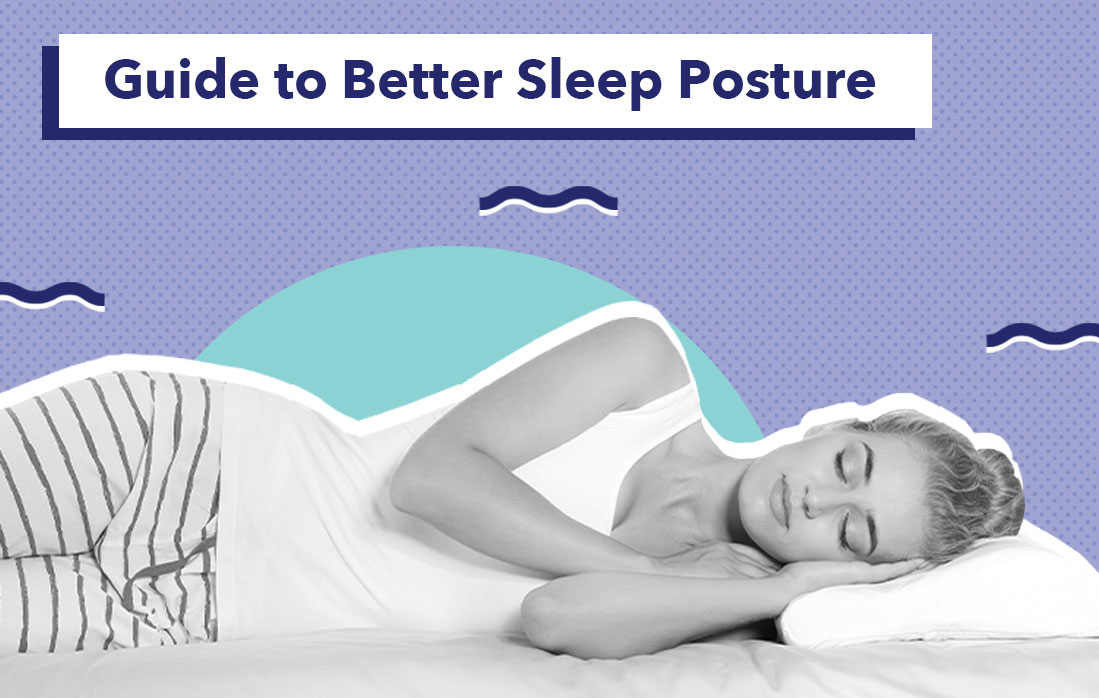
Guide to Better Sleep Posture
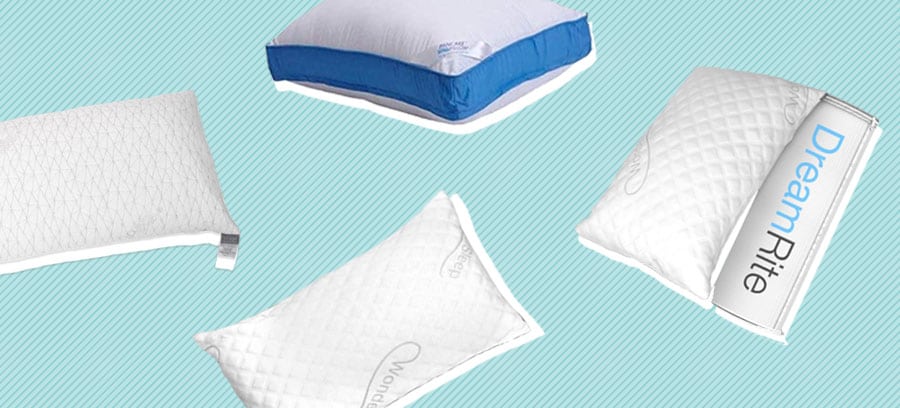
Best Adjustable Pillow
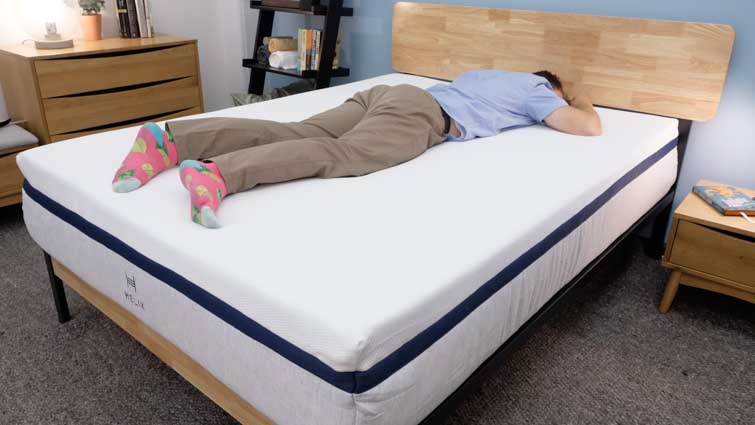
Best Mattress for Neck Pain
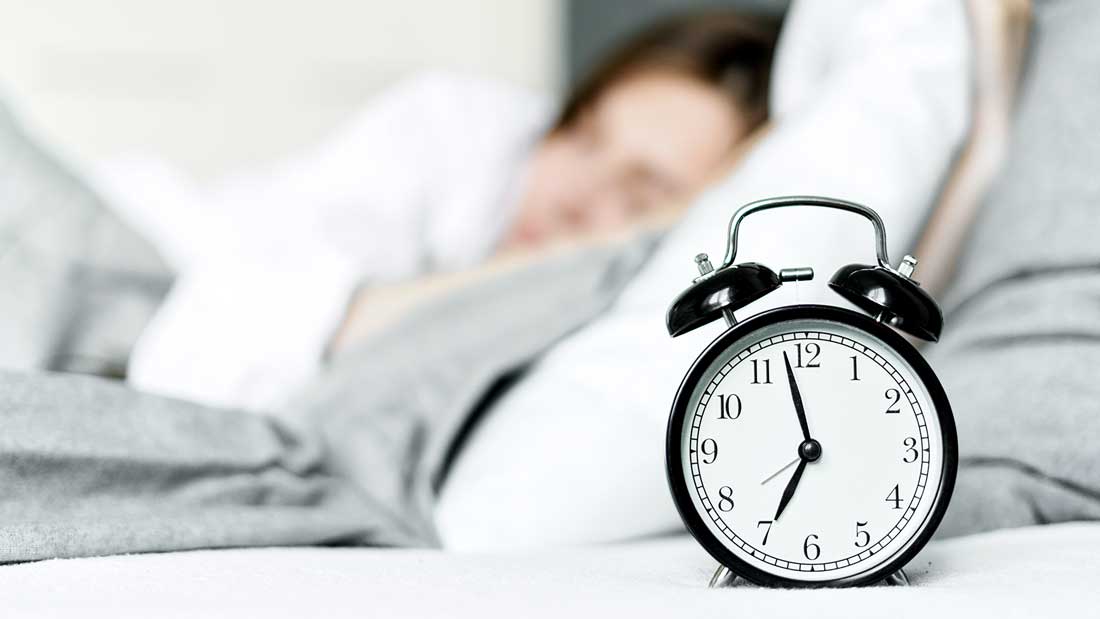
Harvard Professor Bashes Idea That We Need 8 Hours of Sleep at Night
Sources
Sunseri, Justin. Author interview. July 2024.
